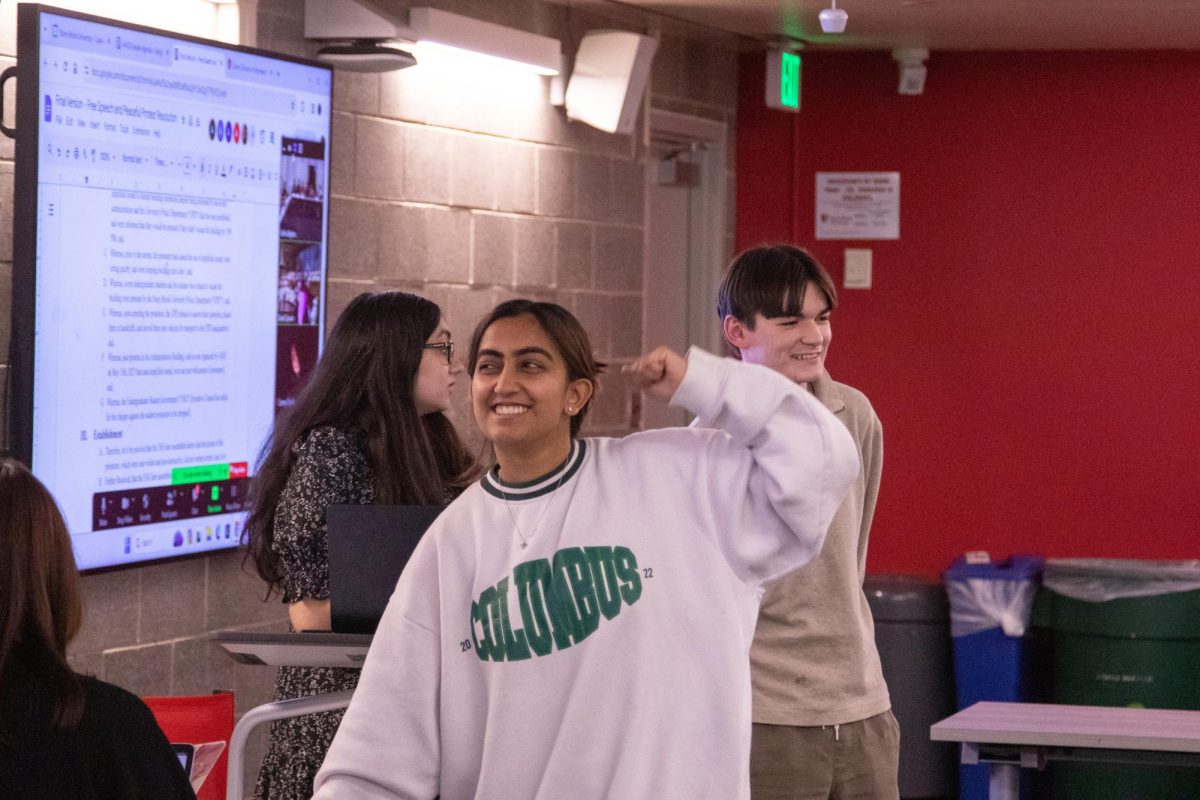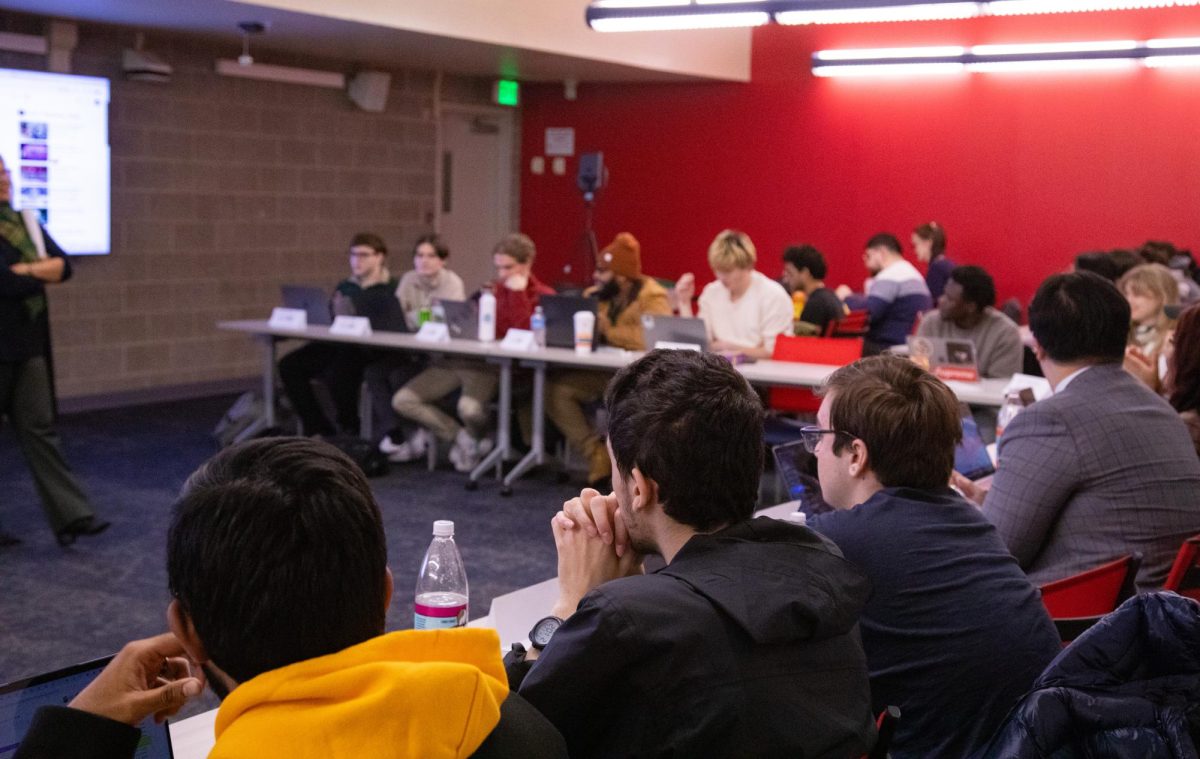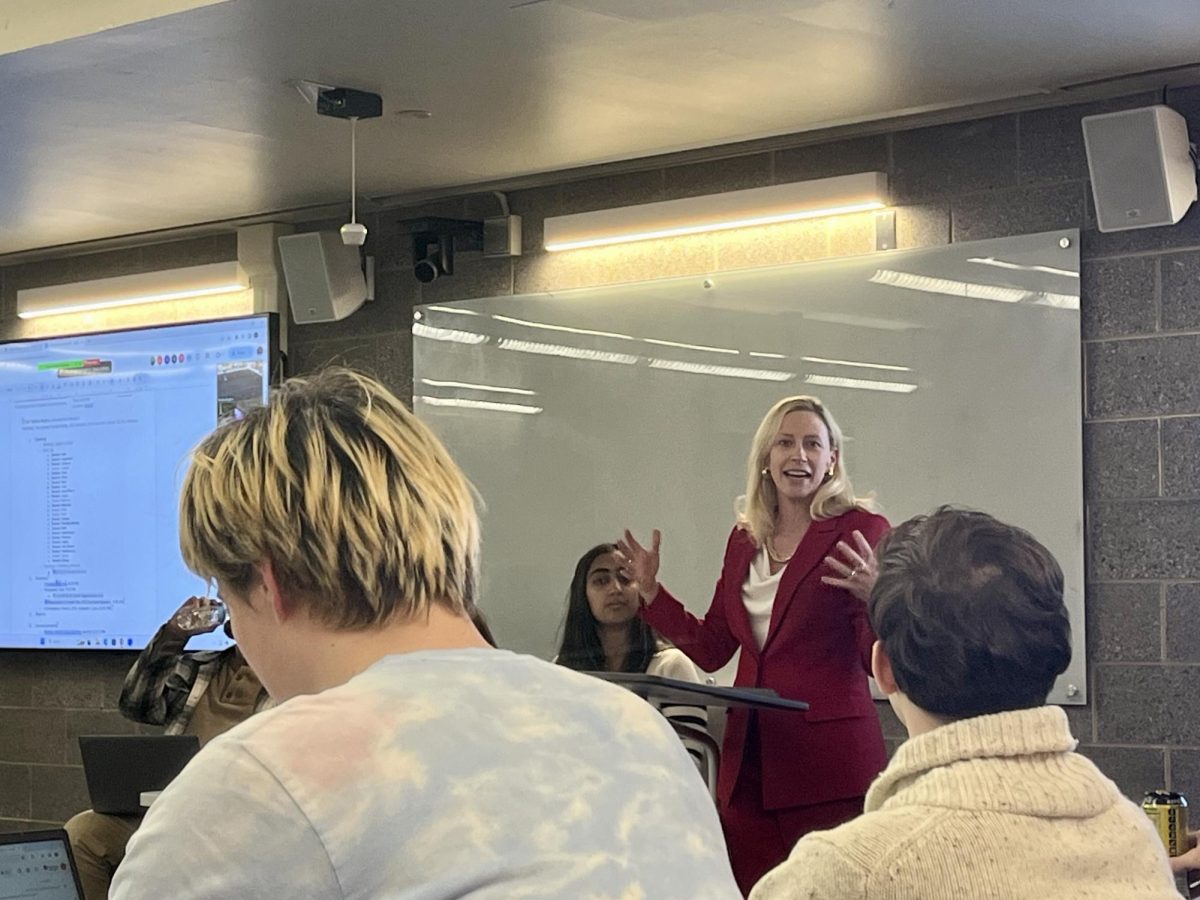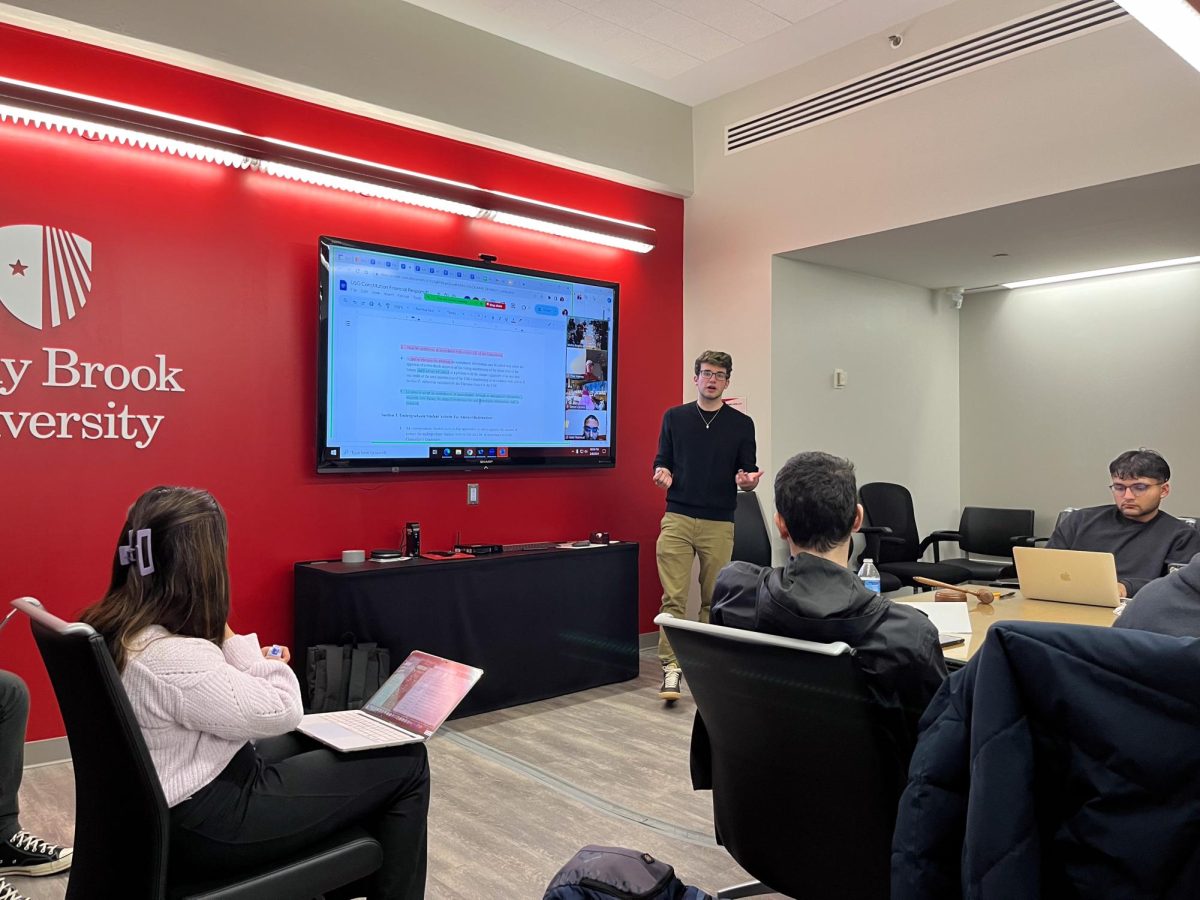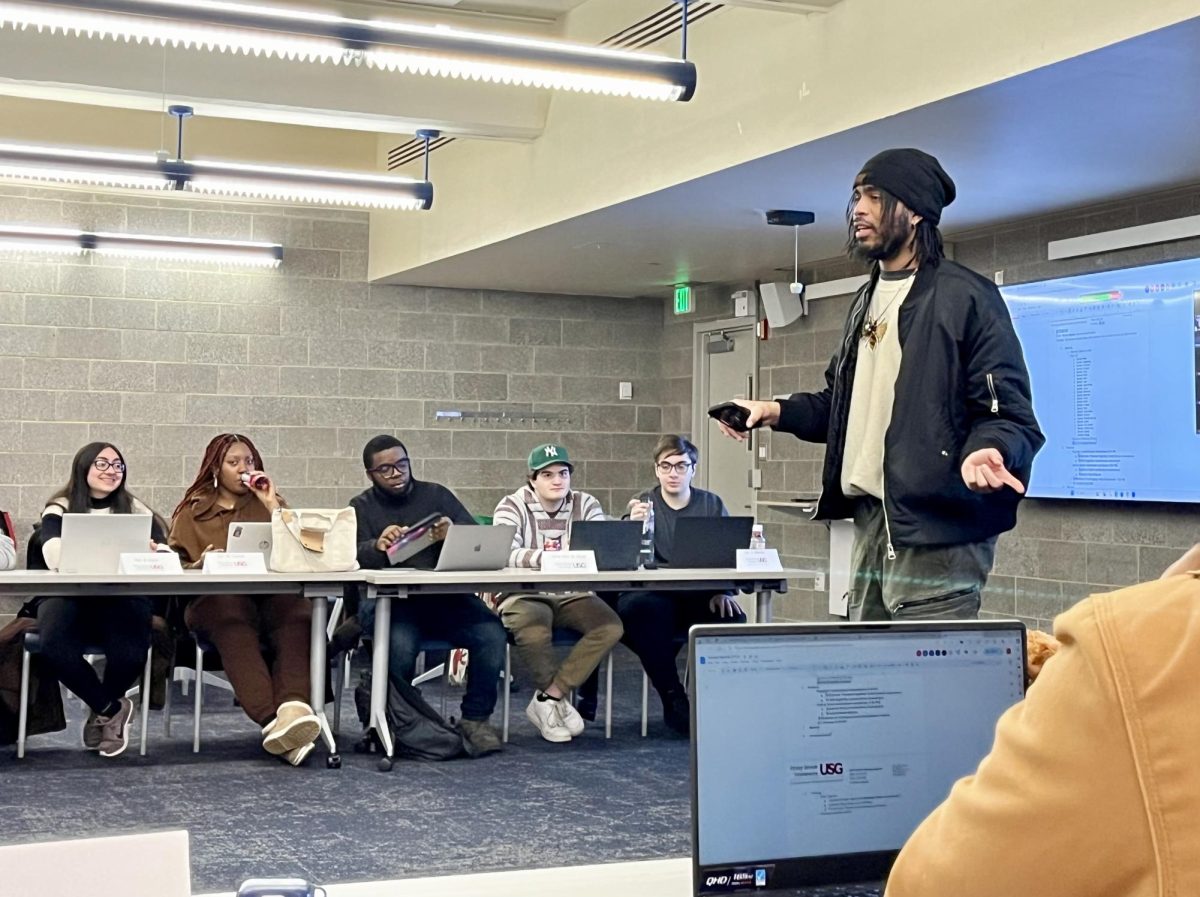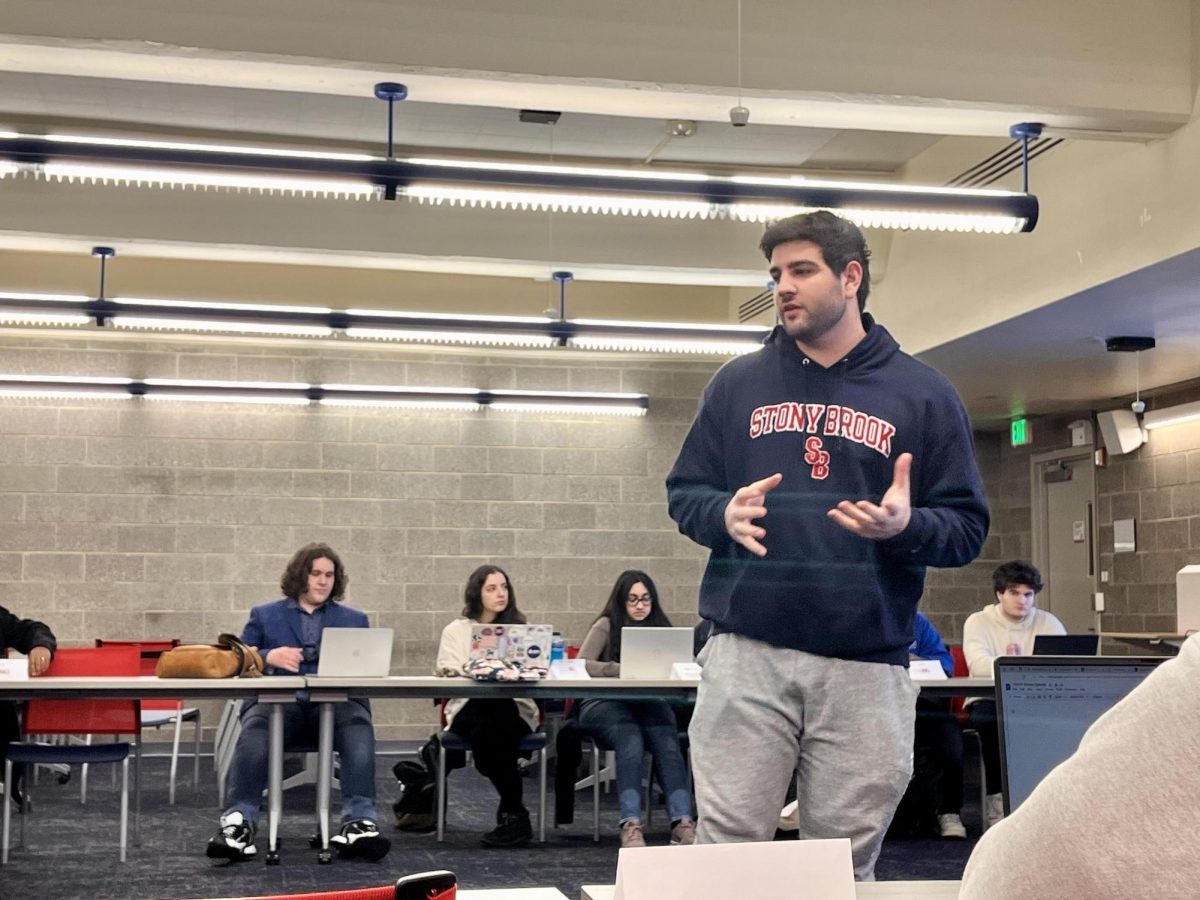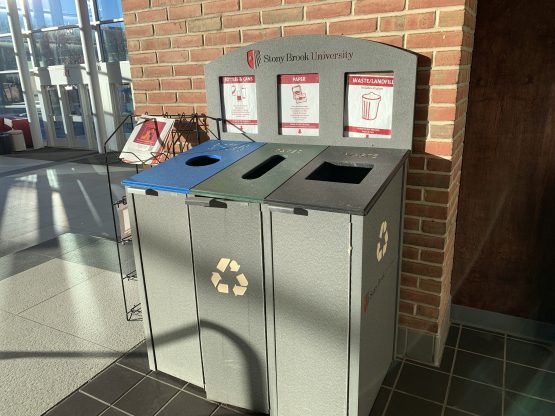
Three Stony Brook juniors will present to the Undergraduate Student Government (USG) about a transparency need in Stony Brook’s waste and recycling programs, using results from a survey they conducted this past fall.
During their research of the University’s recycling practices, sustainability students Alex Casamassima, Tatum Kauka and Maxwell Montague discovered that Stony Brook’s waste and recycling statistics have not been updated in eight years.
As the University currently devotes various efforts to renewable energy programs, such as the Governor’s Island Climate Solutions Center competition, several students of the Sustainable Studies program believe that the public accessibility of this information is imperative to Stony Brook’s sustainability initiatives.
“Stony Brook wants to push this idea that we are a sustainable campus,” Casamassima, an environmental studies major and USG senator, said. “They’re pushing this front, but then when you dig a little deeper, it’s a little unclear what they are actually doing.”
Last fall, Casamassima, Kauka and Montague emailed a survey to Stony Brook’s undergraduates to find out whether or not public access to recycling and waste information is important to students as part of a class project for SUS 305: Collective Action and Advocacy.
Ninety-two percent of the 344 students surveyed agreed that the amount of waste produced by a school or institution should be publicly accessible. Eighty-six percent said that they were not aware that the University’s waste figures are out of date. At the end of the survey, 241 of the students signed their name in support of releasing the missing waste figures.
According to Casamassima, if students are able to see how much waste is being recycled, they will feel more comfortable participating in efforts to reduce their waste and recycle in the proper receptacles.
“When people are more educated about a topic, they tend to care about it more,” he said.
Students have also had trouble reaching the website’s listed contact for Recycling and Resource Management, Michael Youdelman.
“I did email Mr. Youdelman several times and I called a bunch, but [I heard] nothing,” Camilla Seliquini, a junior environmental studies major, said. Casamassima and Kauka reported the same difficulties. Youdelman did not respond to interview requests from The Statesman.
Seliquini completed a similar class project and student survey about the transparency of Stony Brook’s recycling practices, with the help of Shannon Haller, a junior ecosystems and human impact major, and Jiyoon Hong, a sustainability studies major who graduated in fall 2021. Their survey found that 26 students felt as though Stony Brook University is not transparent about its recycling practices.
In response to a request for updated waste and recycling information, The Statesman received recycling statistics from 2016 to 2021. Senior communications manager Lauren Candela notes that this data is from GreenNY Reports, though the only publicly accessible recycling data they provide are aggregated statistics about State University of New York schools as a whole.
In an email, Candela said that the University’s website has not been maintained in recent years due to other priorities which took precedence. She also said that the Campus Operations and Maintenance website along with the sustainability website, which displays the University’s waste and recycling information, will be revitalized in the months ahead.
Casamassima and Kauka are still planning to present their survey results, along with some student testimonies, to USG within the next few weeks. With this presentation, they hope to gain the support of other USG members to draft and sign a resolution. The resolution would then be presented to the administration to leverage more transparency regarding the University’s sustainable practices and waste management, as well as encourage more recycling education.
USG already has some sustainable initiatives underway. Their Sustainable Event Grant encourages funded organizations to reduce material and energy waste that would normally be associated with running an event, based on a specific criteria. This grant may allocate up to $3,000 per organization each semester to run events.
In addition, Stony Brook University is taking part in the race towards sustainable energy solutions, with the College of Engineering and Applied Sciences which, according to its website, is developing a research agenda to implement clean energy technologies on Long Island and “make a transformative impact on the energy landscape of the region and nation.”
President Maurie McInnis recently announced that Stony Brook has been chosen as a next round finalist in the competition to be the anchor institution for the Governors Island Center for Climate Solutions. The University began vying for the role against other research institutions and universities in June.
In a public webinar, Justin Fincher, vice president of Advancement for Stony Brook University, said that the goal in becoming the anchor institution is “to conduct climate-focused research and create an educational hub on Governors Island dedicated to helping cities combat the climate crisis.”
Casamissa, who has been advocating for more sustainable practices on campus, said that when President McInnis presented this initiative to the Senate, he expressed some hesitancy.
“We want to make sure we focus on our own campus first before we expand to this 172 acre island in Manhattan,” Casamissa said.
He and Kauka are hoping that their USG presentation translates into more communication between management and students when it comes to recycling practices. They also hope to encourage more student involvement in recycling practices.
“Transparency builds a better relationship between the students and the school,” said Kauka. “Alex and I are hoping to make this project more known, through USG, and hopefully spark some change.”










